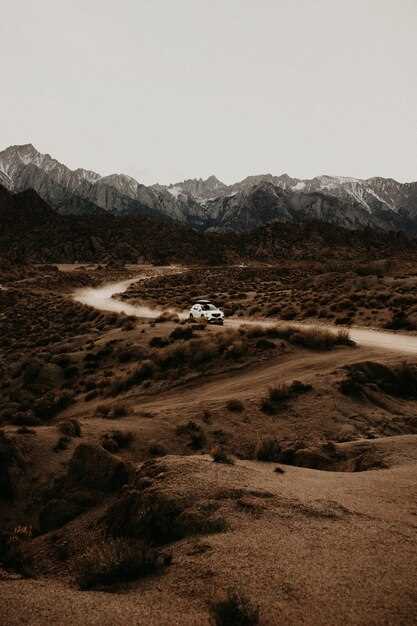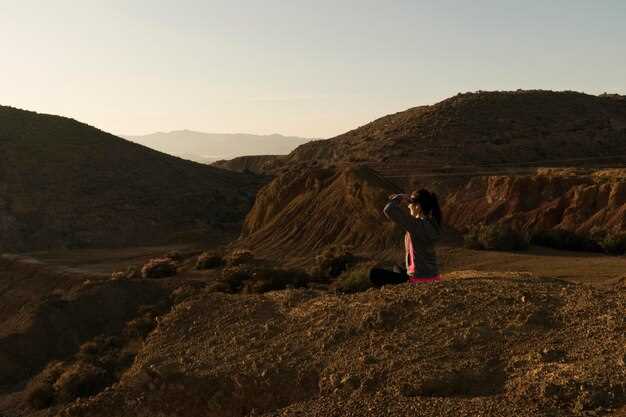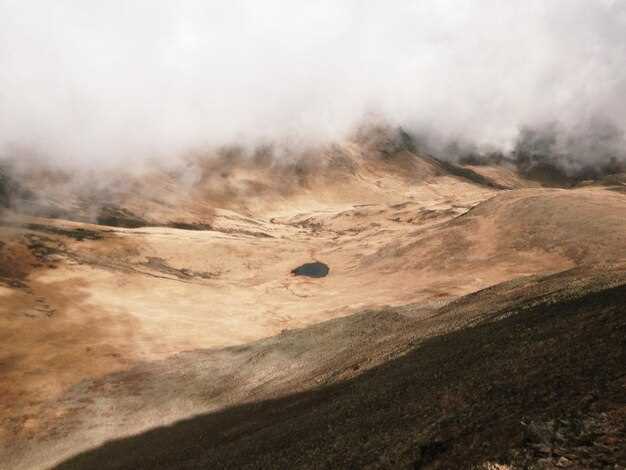
Photographing in dusty rugged terrain presents unique challenges that can significantly affect image quality. The interplay between dust particles and various lighting conditions requires photographers to be well-versed in optimizing their camera settings. Understanding these parameters is essential for capturing the vibrant essence of untamed landscapes while mitigating adverse effects such as glare and reduced visibility.
When dealing with rugged terrain, shutter speed becomes critical. Fast shutter speeds can freeze motion, allowing you to capture sharp images of fleeting moments. However, in scenes where motion blur may add to the artistic appeal–such as capturing the gentle sway of grass or the movement of clouds–slower shutter speeds might be more appropriate. Finding the right balance is key, especially when dust particles in the air can scatter light and create unexpected challenges.
Additionally, aperture settings should not be overlooked. A wide aperture can create beautiful depth of field, isolating subjects against a blurred background, but it also increases the risk of capturing lens flare caused by dust. Conversely, using a smaller aperture enhances depth of field and sharpness throughout the terrain, but may lead to softer images if diffraction comes into play. Thus, navigating these settings effectively can result in striking photographs that truly reflect the rugged beauty of the environment.
Moreover, ISO settings play a crucial role when shooting in dusty conditions. Higher ISO values may be tempting to combat low light, but in a dusty landscape, this can introduce noise that diminishes the overall quality of the shot. Striking the right ISO balance is essential to ensure clear and detailed images that showcase the terrain’s textures and colors without unwanted graininess.
Best Exposure Settings for Dust and Wilderness

When photographing in dusty and rugged terrains, achieving the correct exposure is crucial to capturing the true essence of the landscape. The challenge lies in balancing light and details while mitigating the impact of dust particles in the air.
First, consider using a lower ISO setting. In bright conditions, keep the ISO as low as possible, typically around 100 to 400. This minimizes noise and enhances image clarity, especially when dust may scatter light, causing unwanted graininess.
Next, set a higher aperture value, such as f/8 or f/11. This not only increases the depth of field, bringing both the foreground and background into sharp focus, but also helps to control the exposure by reducing the amount of light entering the lens. A smaller aperture can also mitigate the effect of dust spots by limiting their visibility in the image.
For shutter speed, a medium range of 1/125 to 1/500 seconds is recommended. This helps to freeze any movement in the landscape, such as swaying grass or shifting sand, while still allowing enough light for a well-exposed image. If shooting in shaded areas or during golden hour, adjust the shutter speed accordingly to maintain proper exposure without introducing motion blur.
Utilizing exposure compensation can also be beneficial. In dusty environments, it’s often necessary to increase exposure slightly to counteract the dust’s light absorption. Adjusting the compensation by +1/3 to +2/3 can help ensure brighter and more vibrant shots while avoiding underexposed images.
Lastly, take advantage of the histogram feature on your camera. This tool allows you to visualize exposure levels and make precise adjustments to prevent clipping in the highlights and shadows, which is essential in scenes with high contrast caused by dust in the air.
Choosing the Right Lens for Challenging Landscapes

When photographing dusty and rugged terrain, selecting the right lens is crucial for capturing the unique textures and colors of the landscape. The lens not only affects the field of view but also influences the depth of field, clarity, and overall composition of your shots.
For expansive vistas, a wide-angle lens is typically the best choice. Lenses with focal lengths ranging from 14mm to 24mm allow you to encompass vast landscapes, emphasizing the grandeur of the terrain. This type of lens can also create a dramatic sense of depth, making foreground elements appear larger and more engaging.
If you wish to focus on distant details, consider using a telephoto lens. With focal lengths from 70mm to 200mm, these lenses enable you to isolate specific features of the terrain, such as rock formations or distant mountains. This not only adds variety to your portfolio but also provides the opportunity to capture intricate details that are often missed with wider lenses.
Another important factor is versatility. A zoom lens, like a 24-70mm or 24-105mm, can serve well in dynamic environments where conditions change rapidly. This flexibility allows for quick adjustments without the need to switch lenses, which can be especially beneficial in dusty or windy conditions where dust can settle on your gear.
Furthermore, consider the aperture of your lens. Lenses with wide maximum apertures (like f/2.8 or lower) can be advantageous in low-light situations, such as during early morning or late evening shoots. They also allow for a shallow depth of field, creating a beautiful background blur that can isolate subjects against the rugged terrain.
Lastly, ensure that your lens is designed to withstand challenging conditions. Lenses that are weather-sealed or have a durable build are essential for protecting your gear against dust and moisture prevalent in rugged landscapes. This durability will give you the confidence to shoot in various environments without worry.
In conclusion, the right lens can significantly enhance your ability to capture the essence of challenging terrains. By considering focal length, versatility, aperture, and durability, you can make informed choices that will lead to stunning landscape photography.
Techniques for Maintaining Image Clarity in Dusty Conditions
When photographing in dusty rugged terrain, ensuring image clarity requires a combination of techniques to minimize the impact of dust on both the camera equipment and the images themselves. First and foremost, using a lens hood is crucial. This simple tool helps prevent dust from settling on the lens surface while also reducing glare from the sun, enhancing overall image quality.
Additionally, consider utilizing a filter, such as a UV or clear protective filter. This barrier not only safeguards the lens from dust particles but also minimizes the risk of scratches, allowing for easier cleaning when necessary. Remember to clean the filter regularly to prevent dust accumulation.
When capturing images, adjusting your aperture can greatly influence depth of field and clarity. A smaller aperture (higher f-stop number) increases the depth of field, allowing more of the scene to be in focus, which can be beneficial when dealing with varied terrain. However, be aware that using a very small aperture may lead to diffraction, so finding the right balance is essential.
Another technique is to shoot in RAW format rather than JPEG. RAW images retain more detail and provide greater flexibility in post-processing, enabling you to correct any issues related to dust in the final image. This can be especially useful for recovering details that may be lost due to dust interference.
Utilizing image stabilization features, whether built into the camera or the lens, helps maintain sharpness, particularly in challenging shooting conditions. Additionally, using a tripod can stabilize the camera, reducing the risk of motion blur from wind disturbances or hand tremors.
Lastly, consider the timing of your shoots. Early mornings or late afternoons typically feature lower wind speeds and more stable atmospheric conditions, reducing dust uplift. Choosing these times can significantly improve clarity and the overall quality of your photographs.





